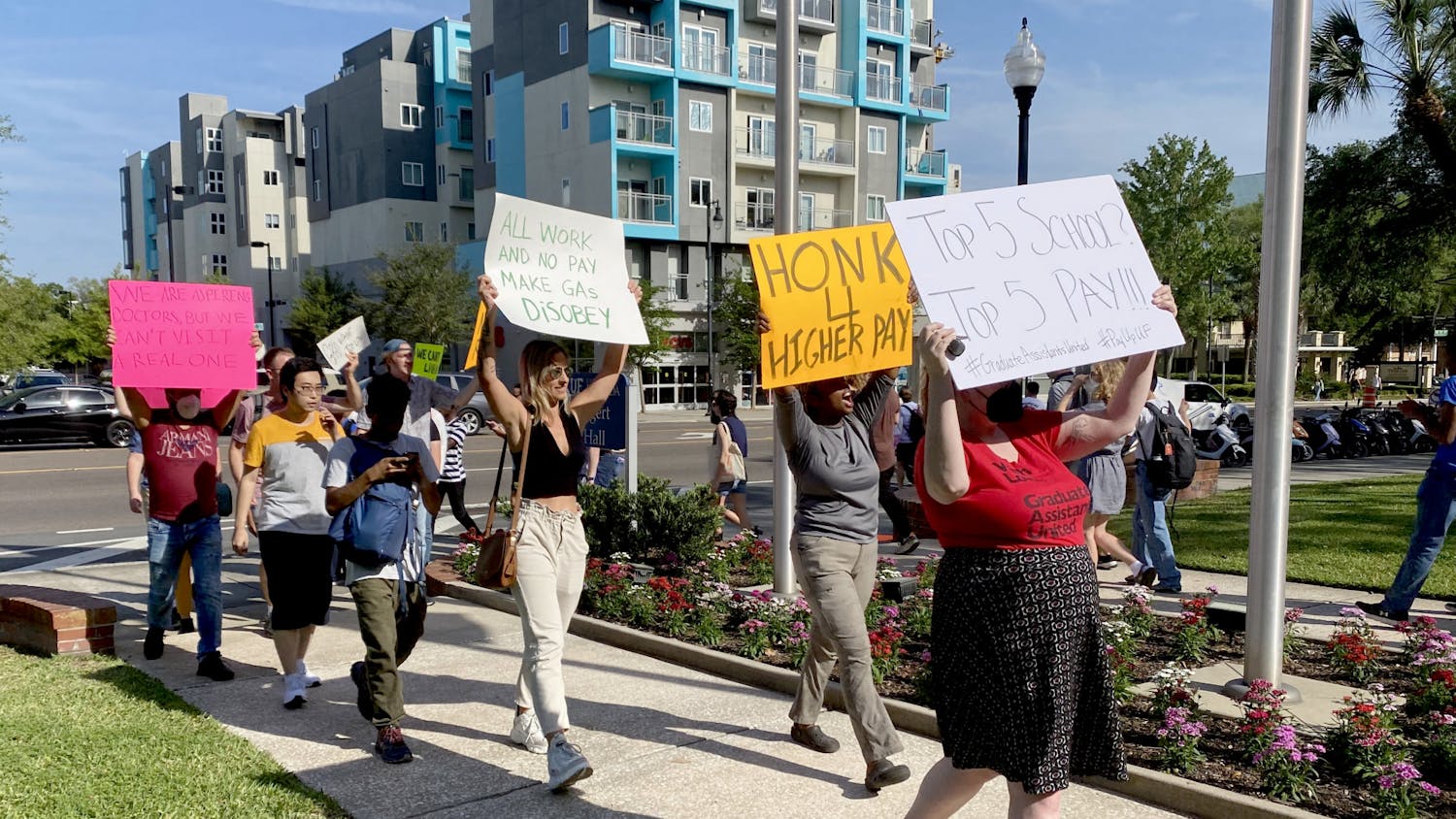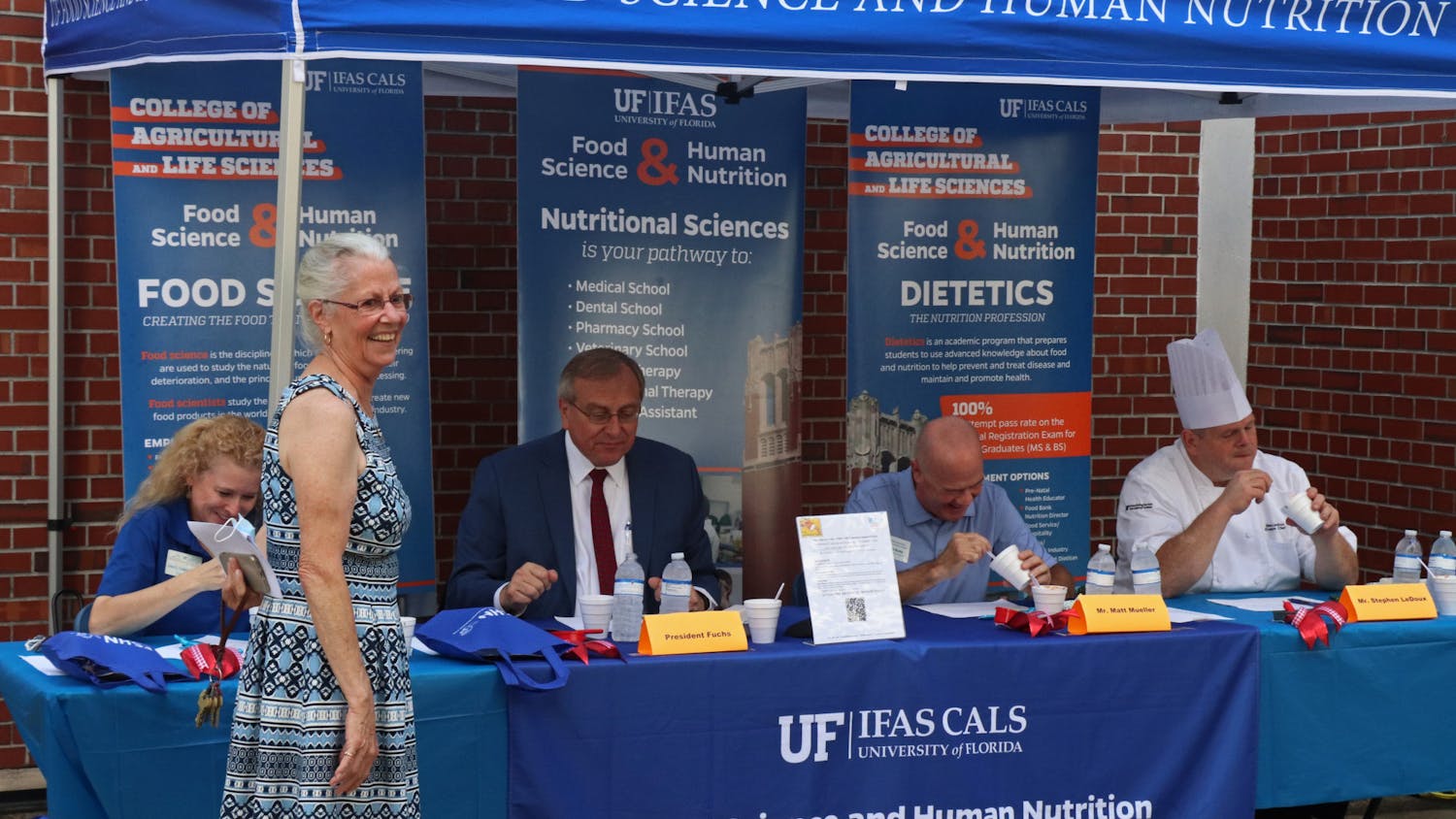At the risk of sounding like I don't care about poor people (when in fact those who would redistribute income would do more long-term damage than any other policy), the pictures currently painted in the media and by speakers at university campuses are inaccurate. Popular opinion about poverty is consistently warped by preconceptions with little understanding of the statistics behind it.
In a response to a previous column, Nicole Safker asserted that I lied when I stated that the vast majority of the poor make more than the minimum wage. She implied that I was incompetent as a statistics major for not checking the U.S. Census Bureau and its description of poverty.
Well, if you actually look at the data from the U.S. Bureau of Labor Statistics, in 2010, only 3.8 percent of workers older than 25 made the minimum wage or less. Even if you exclude the top 75 percent of wage-earners older than 25, it is still true that the vast majority of impoverished people make above minimum wage.
Consider for a moment that someone makes $7.25 per hour and works 40 hours a week for 52 weeks a year, a highly improbable and crushing schedule. This person would make $15,080 before taxes. According to coverageforall.org, the 2012 federal poverty guideline for a family of four is $23,050. Even if you look at the guideline for a pregnant mother — $15,130 — it is still above the minimum wage in the form of an annualized salary.
Obviously a big problem right now for the country is the high unemployment rate and the underemployment rate that hits the poor hard. I had lunch with a homeless man who lamented the lack of construction jobs in Gainesville. High unemployment is truly saddening, and it is made worse by huge extensions in unemployment benefits and policy uncertainty that prevents businesses from hiring workers full-time.
A problem with the federal poverty guideline is that $20,000 a year makes you look Third World in New York City and rich in West Virginia or Mississippi. A large number of the poor in the U.S. live in places like the Mississippi Delta and Appalachia. An income of $23,000 per year for a family of four is by no means poor in a relative sense for the people of this region. I have volunteered in Appalachia painting people's homes, and I've been inside them.
Native Appalachians are poor in the sense that they can't buy things they want. However, most have everything they need. I've seen homes that couldn't pass for sheds in Florida and Mississippi, but these people own vehicles and have heating and cooling in most cases. We must stop thinking about the poor as victims and start viewing them as people we must empower by giving them choices.
Some information about the poor to think about: One-third have a plasma screen or LCD TV; 80 percent have AC units; 50 percent who have kids own video game systems like Xbox; and almost 75 percent have a car or truck. On top of this, about 42 percent own their own home. This data comes from a study done by the Heritage Foundation with data drawn from the same Census Bureau data that everyone claims to read now.
We are made to liken the poor to Depression-era workers, desperate for food and shelter. The truth is there are some who we must care for whether their condition is their own fault or not. However, the other truth remains that most poor people are not actually materially deprived. If we spent one-hundredth of the money we send out in food stamps on personal finance education, perhaps we could alleviate how deeply in debt lower-income people often are by helping them be their own advocates. The fact remains that if you look at America's poor, they are the rest of the world's 1 percent.
Travis Hornsby is a statistics and economics senior at UF. His column appears on Mondays.





